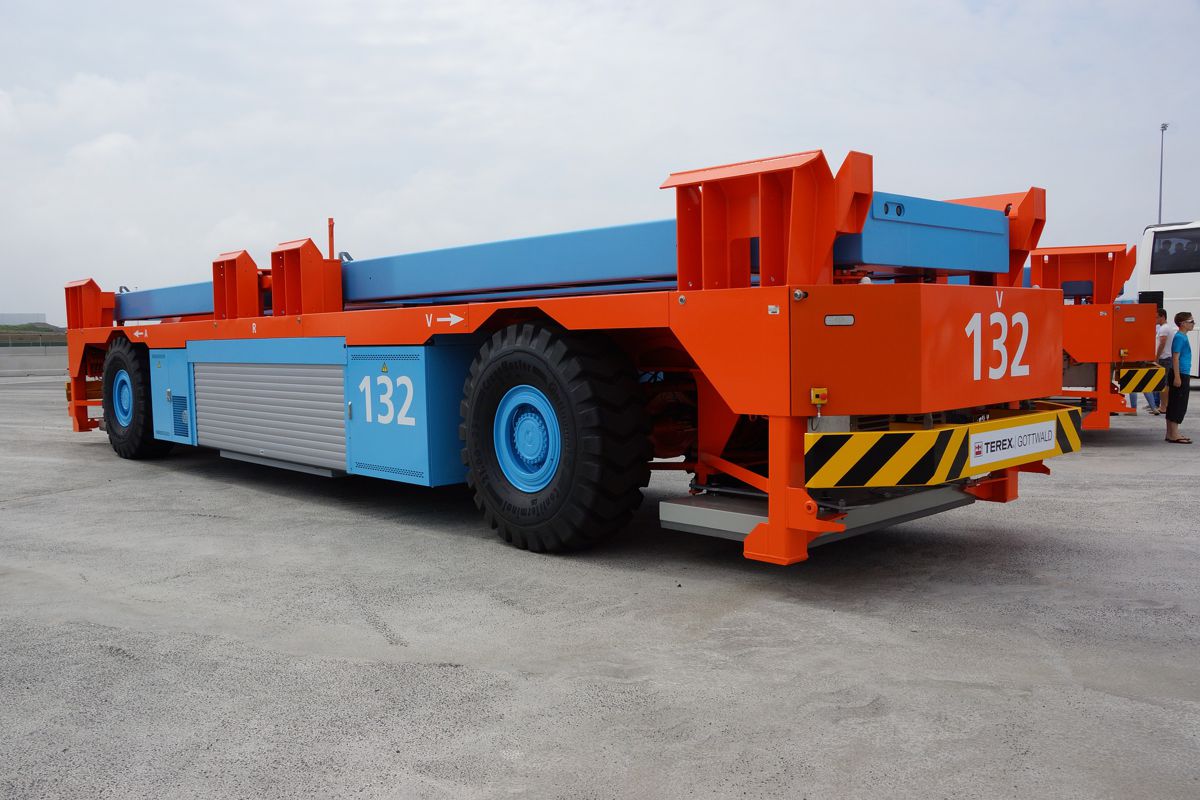EV Logistics – What will the future look like
The world is changing at a rapid pace. Electric vehicles are going to create massive changes in the logistics industry and change the way products are delivered. Even electric HGVs have started to enter the market!
As for the future of electric HGV logistics, here are a few expectations of what the future looks like for the industry.

Some Things Will Remain The Same
Electric trucks, vans, and lorries will have a big impact on the economics of the industry, but many things will remain the same. Even with self-driving and AI tech, HGV drivers are still going to be subject to the same regulations they are now, though the finer details may be adjusted to reflect the impact of self-driving tech. Both drivers and their HGVs will still be limited by the speeds they can travel and the number of miles they can cover in a set period of time. They will also be limited by the amount of time they can drive.
Technology is making it easier for HGV drivers and logistics firms to monitor their movements and make sure they adhere to the regulations they operate under even if these regulations change. The tachograph analysis software from FleetGO allows firms to ensure compliance and monitor any infringements for the HGVs. This tech can be applied to any vehicle and is a much more convenient way to complete tachograph analysis, especially for firms that operate a high number of HGVs.

Reduced Costs Per Mile
Electric HGVs and synthetic fuels are going to have a huge impact on the logistics industry. The biggest regular cost, after labour, is fuel. EV vans, trucks, and lorries can all be recharged at a much cheaper cost per mile than their fossil-fuelled counterparts. This is going to have a huge impact on the industry and will not only reduce costs to logistics firms but also to consumers. Maintenance costs are also going to be cut by the switch to EVs.
With fewer moving parts, electric vehicles suffer from much less wear and tear during operation, and this leads to greatly reduced repair and maintenance schedules. This means EVs will spend more time on the road doing their job and being an asset, rather than a liability. As the costs decrease, the profits will increase making the future look bright for the logistics industry thank primarily to electric vehicles.

Rise Of The Robots
Electric HGVs have a number of advantages over their traditional vans, trucks, and lorries. The technology inside EVs has the potential to create driverless vehicles, which could create a massive change in the industry. Though it may sound controversial now, in five or ten years self-driving vehicles are going to become much more common, and the opportunities this presents to logistics firms will be hard to ignore.
Big businesses like Amazon are already experimenting with drones for small-scale package delivery, but soon we could see fully automated deliveries on a larger scale taking place across the country. Changes in legislation are already progressing through parliament to allow self-driving vehicles on the roads. We may not have to wait very long for logistics firms to have the opportunity to use robotic drivers to complete their deliveries.
The roads of the UK are in for some big changes. In the 2030s we are going to see more electric vans, trucks, and lorries on the road and some will not have a driver. This is going to save huge sums of money that will make products and deliveries cheaper for logistics firms and for consumers.




















